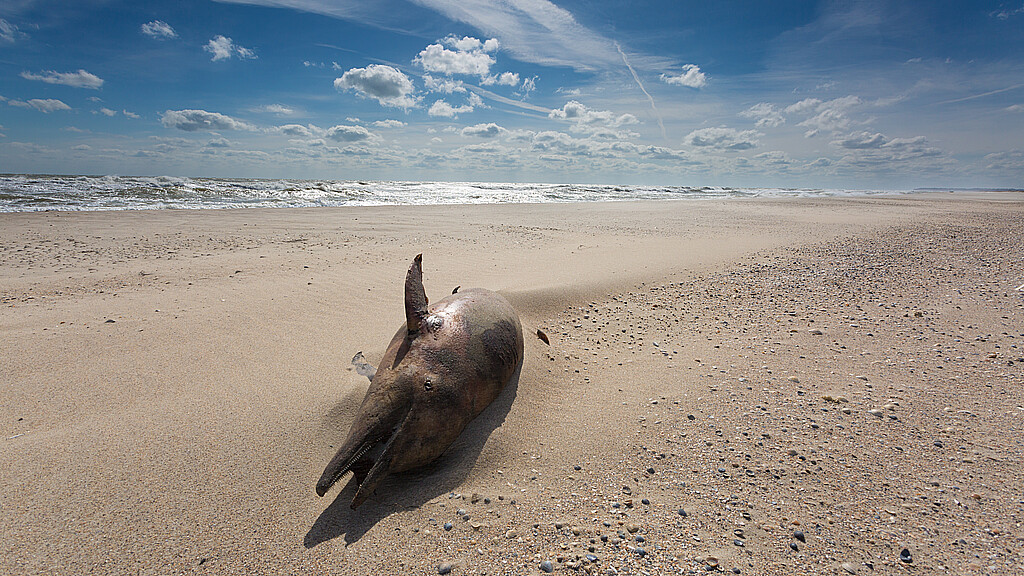Health
Toxic algae killing hundreds of dolphins and sea lions on southern California coast
First, smaller sea creatures such as shellfish, sardines, and anchovies consume the toxins. But these creatures are then eaten by larger marine mammals, infecting them as well

June 22, 2023 9:09am
Updated: June 22, 2023 9:09am
A toxic algae that blooming in southern California is killing hundreds of dolphins and sea lions, whose bodies are washing up along the beaches, according to the National Oceanic and Atmospheric Administration (NOAA).
NOAA says it receives reports of around 200 marine animals in distress every day, including sea birds, dolphins, and sea lions. The group has reported more than 1,000 marine animals that have become sick or have died in June alone because of the algal blossom.
The rapid growth of certain algae species, such as Pseudo-nitzschia, produces a toxin called domoic acid, which disrupts food webs, according to David Caron, a biological science professor at the University of Southern California.
First, smaller sea creatures such as shellfish, sardines, and anchovies consume the toxins. But these creatures are then eaten by larger marine mammals, infecting them as well.
"They eat a meal of those highly toxic fish and then they become toxified themselves, and if they get enough of that material, it of course can kill them, which is happening now," Caron said.
When large marine mammals consume domoic acid, they become disoriented and even convulse underwater. Others are affected by vomiting and muscle spasms. Severe cases lead to the animal’s death.
"The sea lions appear to be seizuring on the beach and most of the dolphins are showing up dead," said Michelle Kowalewski, the executive director of the Channel Islands Cetacean Research Unit (CICRU), which deals with marine animals in the Santa Barbara Channel.
The dangers of the algae go beyond marine mammals. The blooms can be dangerous to humans as well if they consume fish that are carrying the toxins.
Additionally, when people see sea lions or dolphins stranded on the beach, a common instinct is to help them get back into the water. However, the toxins can cause the animals to become aggressive, and thereby, pose a threat to humans.
Caron said that people should avoid approaching infected marine animals and should instead call rescue organizations, who have been able to flush the toxins out of the animals’ system and eventually release them back into the water.
Algae blooms are not rare in California, however, the blooms peaked later than usual this year due to a long and rainy winter.










